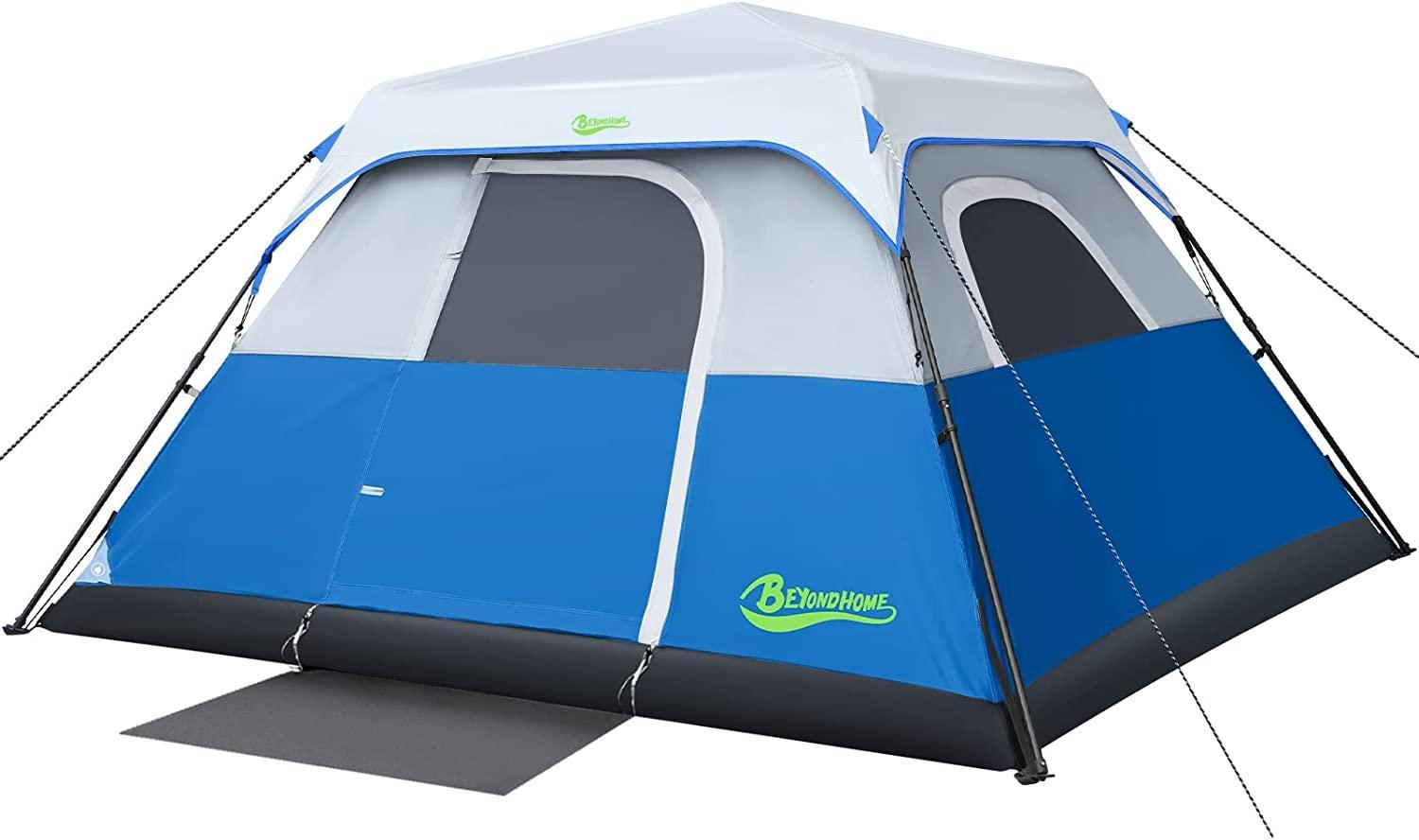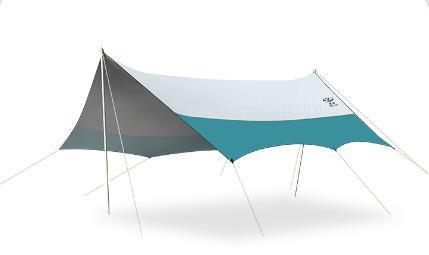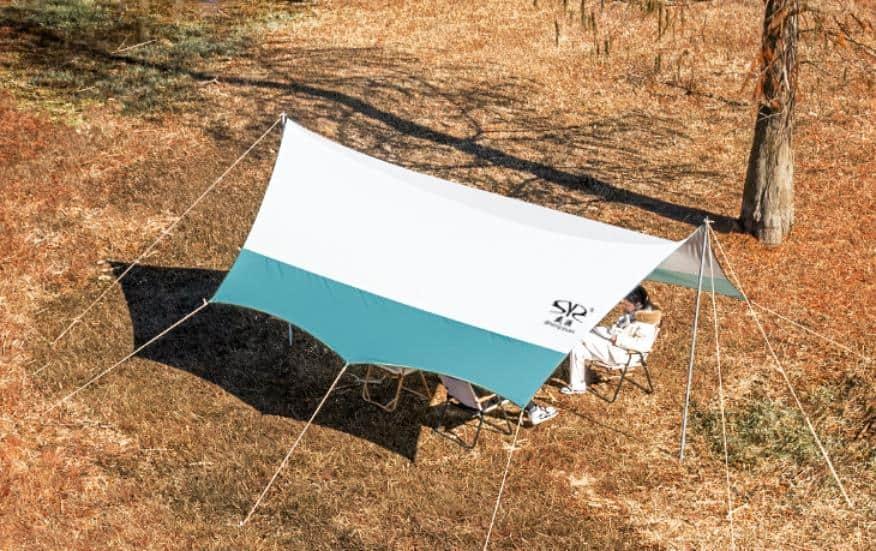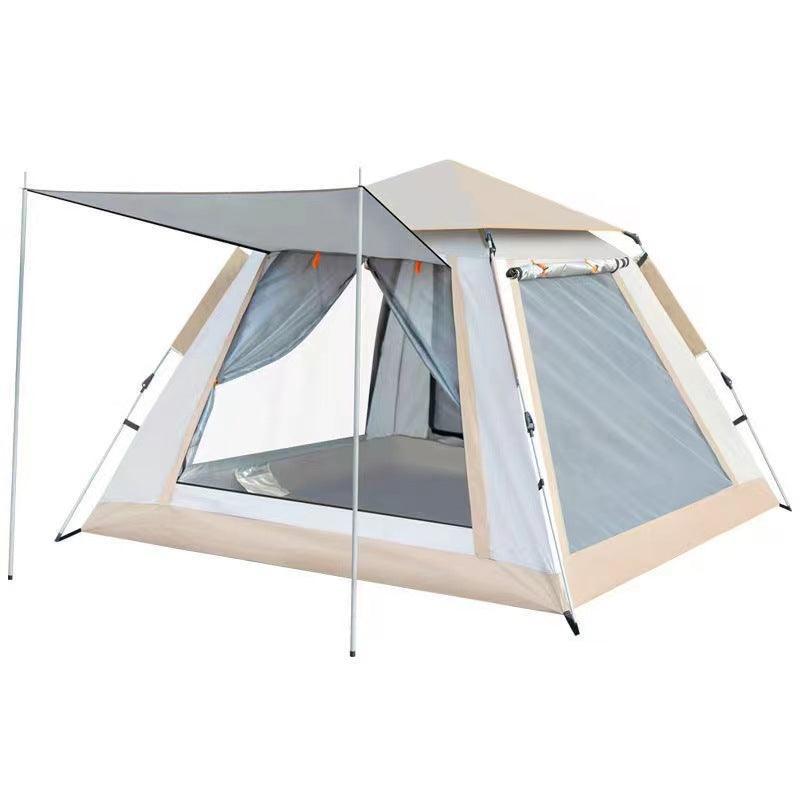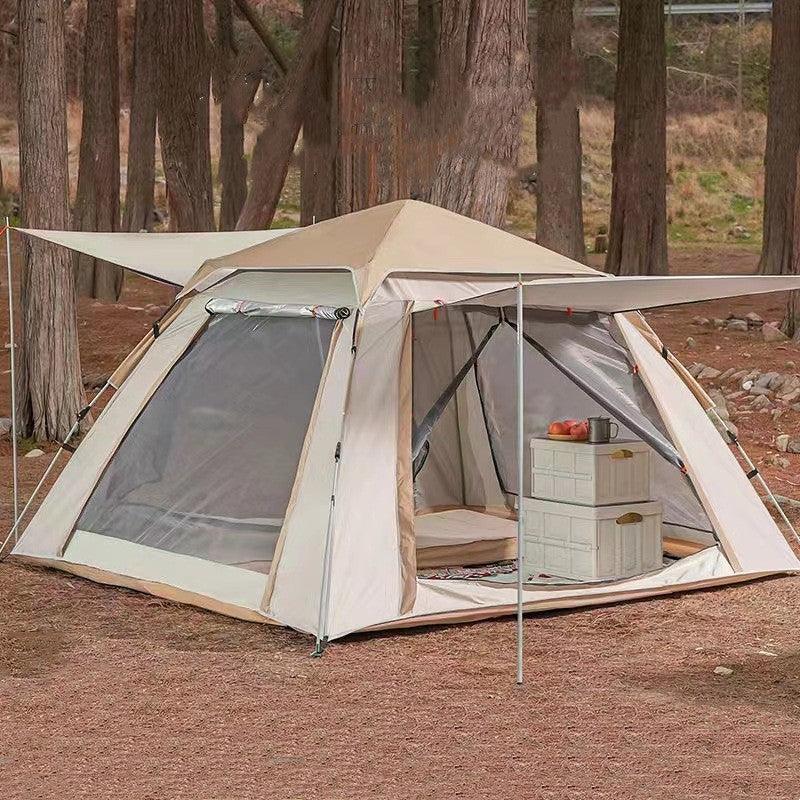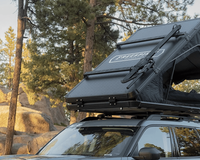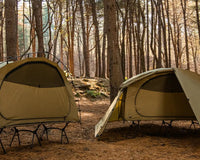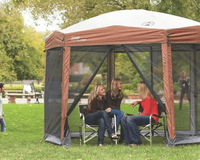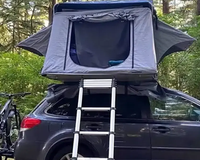Selecting the right tent color may seem like a minor detail when preparing for a camping trip. However, the color of your tent can have practical implications and significantly impact your overall camping experience. In this comprehensive guide, we will delve into the importance of tent color and provide detailed tips to help you make the perfect choice for your camping adventures.

Does Tent Color Matter? Why?
Yes. Tent color matters because it can affect the temperature inside the tent and its visibility in different camping situations. Lighter colors reflect sunlight and help keep the interior cooler in hot weather, while darker colors absorb heat and provide warmth in colder conditions. The color of your tent also plays a role in camouflaging with the surroundings, allowing you to blend in with the natural environment and minimize your impact. Additionally, bright colors can enhance visibility and safety, making it easier for others to locate your tent in crowded areas or during emergencies.
Tips for Choosing the Right Tent Color

When it comes to what is the best color tent to buy, here are some tips to consider:
Camouflaging with the Surrounding Environment
Consider the natural environment of your camping location and choose a tent color that blends harmoniously with the surroundings. In forested areas, green or camo tent mimics the foliage, making them less noticeable to wildlife and other campers. Opt for brown tents in desert landscapes to match the earthy tones, and select sand-colored tents for beach or desert camping to blend with the sandy backdrop.
Considering the Environmental Impact

If you prioritize eco-friendly camping practices and want to minimize your environmental impact, opt for neutral colors that blend seamlessly with nature. Beige, grey, or earthy tones help your campsite merge with the surrounding landscape, reducing the visual impact of your presence. This demonstrates respect for the environment and promotes responsible camping.
Wildlife Considerations
Certain tent colors can attract insects and wildlife, which can be bothersome during your camping trip.

- Insects: Brightly colored tents, particularly those with yellow tones, can attract insects. If you want to minimize encounters with buzzing visitors, opt for a darker-colored tent that is less likely to draw their attention.
- Bears: According to some opinions, bright or vibrant tent colors may pique the interest of bears or be easily seen. To reduce the risk of attracting bears to your campsite, it's generally advisable to avoid tents with colors that stand out or resemble food sources. Neutral or earthy tones are often recommended.
- Birds and Other Wildlife: While most small birds pose no harm, larger birds like seagulls can be attracted to bright colors or shiny objects. If you're camping on the beach or in an area with known bird activity, be aware that certain tent colors may draw their attention.
It's best to research local recommendations or consult with park authorities regarding specific wildlife in the area to choose a tent color that minimizes any potential attraction or disturbance.
Visibility and Safety
In situations where visibility is important for safety or coordination purposes, opt for bright-colored tents. Bright colors like orange or yellow are easily noticeable, even from a distance. This can be advantageous in crowded campgrounds or during emergencies when you need to locate your tent quickly. Having a highly visible tent ensures your safety and facilitates efficient communication with other campers or emergency personnel.
Temperature Control
Keep in mind the climate and weather conditions of your camping destination. Lighter-colored tent reflects sunlight and helps keep the interior cooler in hot weather, while dark tent absorbs heat and provide warmth in colder temperatures.
Personal Preference
Ultimately, consider your personal preference and camping style. While practical factors are important, selecting a tent color that you find visually appealing and enjoyable can enhance your overall camping experience.
By keeping these tips in mind, you can choose tents with color that aligns with your surroundings, respects the environment, ensures visibility and safety, and contributes to a pleasant camping adventure.
Tent Color for Choosing Reference

Explore the benefits and considerations of both bright and dark-colored tents with insights into their unique characteristics and suitability for different camping scenarios. Let's delve into the world of tent colors and discover which shade suits your camping needs best.
Bright Colored Tents
Bright-colored tents offer their own set of advantages. Consider the following options:
- Green Tent: A green tent blends seamlessly with forested landscapes, allowing you to immerse yourself in nature without drawing unnecessary attention.
- Orange Tent: An orange tent is highly visible, making it an excellent choice for hunting trips or situations where safety and visibility are paramount.
- Yellow Tent: A yellow tent exudes a cheerful vibe and is easily spotted in crowded campsites. It radiates positivity and happiness, adding a vibrant touch to your camping experience.
- Light-Blue Tent: A light-blue tent is calming and soothing, creating a serene atmosphere. It complements beach or lakeside camping, where it mimics the color of the sky and water.
- Red Tent: A red tent stands out and adds a bold statement to your campsite. It can be a great choice for special events or festive camping trips.
- White Tent: A white tent reflects sunlight, keeping the interior cooler during hot weather. It is a popular choice for summer camping or destinations with high temperatures.
Dark Colored Tents
Dark-colored tents also have their merits and are often preferred for specific situations:
- Black Tent: A black tent absorbs more sunlight and heat, making it ideal for cold-weather camping. It provides better darkness for those who prefer to sleep in late or require a cozy atmosphere.
- Brown Tent: A brown tent blends well in natural landscapes and offers a sense of earthiness. It's suitable for camping in desert or wooded areas.
- Grey-Green Tent: A grey-green tent is versatile and adaptable, making it a popular choice for various camping environments. It has a modern and sleek appearance.
- Navy-Blue Tent: A navy blue tent combines the calming qualities of blue with the sophistication of dark colors. It provides a sense of elegance and is great for all-season camping.
Neutral Color Tents

Neutral-colored tents are versatile and can blend well in various camping environments. Consider the following options:
- Beige Tent: A beige tent offers a natural and earthy tone, allowing it to seamlessly integrate into different landscapes. It provides a subtle and understated presence in your campsite.
- Grey Tent: A grey tent is a versatile choice that works well in a variety of settings. It has a modern and sleek appearance while still maintaining a neutral and unobtrusive presence.
- Sand Color Tent: Resembling the color of sand, this tent color blends effortlessly with beach landscapes, desert regions, and other sandy environments. It allows your campsite to create a harmonious and serene atmosphere.
Conclusion
In conclusion, the color of your camping tent is far from a trivial matter. It influences temperature control, visibility, insect attraction, and environmental integration. By considering factors such as camouflaging with the environment, minimizing environmental impact, deterring unwanted guests, and ensuring easy visibility when needed, you can make an informed decision about the best tent color for your camping needs. Whether you choose a bright-colored tent to stand out or a dark-colored tent to blend in, selecting the right color will enhance your overall camping experience.

